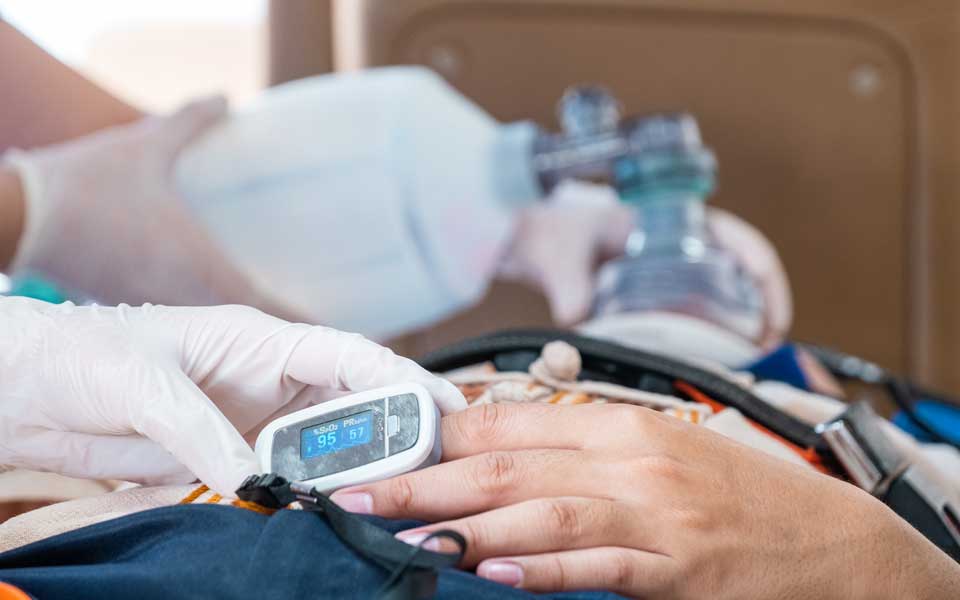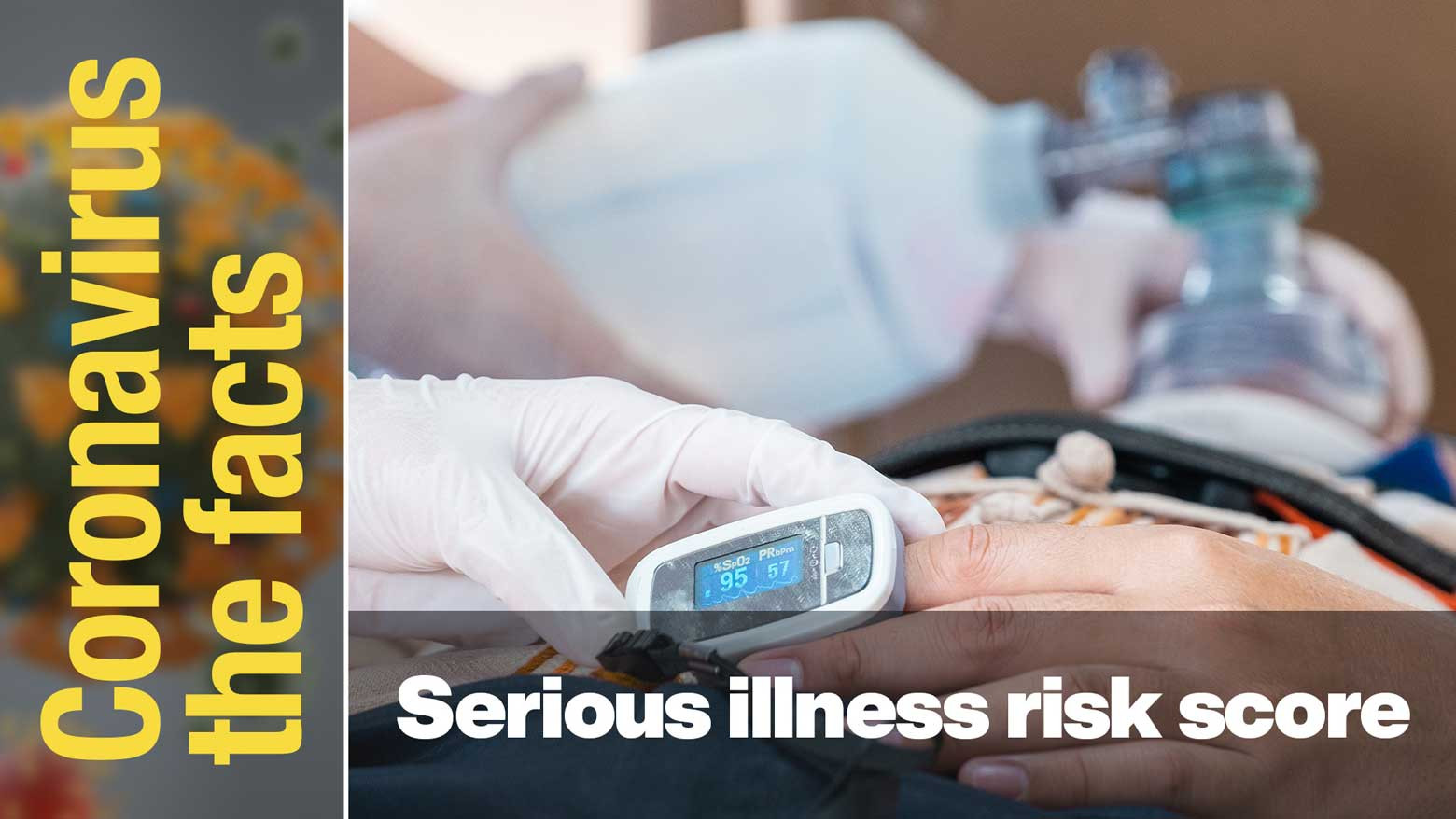This is our series on key coronavirus-related information. Click here to read other installments: #Coronavirus the facts. Find the latest information and answers from experts on everything COVID-19.
Risk scoring system
Japan's National Center for Global Health and Medicine (NCGM) and other institutions have created a simple clinical score for measuring a coronavirus patient's risk of developing serious symptoms. The metric will allow caregivers to prioritize hospitalization for patients who need it most.
During Japan's recent fifth wave of infection, the country's medical system was overwhelmed by an unprecedented number of cases. Many patients were forced to isolate at home and some died without receiving proper treatment.
The researchers analyzed data from about 4,500 patients hospitalized between June and September of 2020 during the second wave of infection. They identified the characteristics of moderate and serious cases where patients required oxygen and created a risk score model for predicting severity.
Scoring
The metric is based on factors such as age, weight and gender. For example, a man in the 40-64 age range is given 1 point. If he has a body mass index, or BMI, over 25, he is given an additional 2 points. If he is diabetic, he gets another point.
The score is also adjusted for symptoms exhibited while ill with the coronavirus. A patient who experiences a fever of 37.5 degrees Celsius or higher is given 2 points. Shortness of breath is 2 points, while coughing and fatigue are 1 point each.
Analysis of third wave
The researchers verified the metric by checking data from cases recorded in the winter of 2020, during the third wave of infection. They found that 23 percent of patients aged 40-64 with a combined score of 5 became seriously ill. This figure rose to 76 percent when the combined score was 10.
The researchers say patients with a combined score over 5 should be categorized as high-risk at times when the virus is spreading rapidly. They add that these patients should be closely monitored and taken to medical facilities as quickly as possible.
"If cases start surging again and the number of people isolating at home rises, we hope the risk score can be used to efficiently find patients at high risk of becoming seriously ill and help them receive necessary treatment," said Yamada Gen, a fellow at the NCGM who was involved in creating the metric.
He added, "The barometer does not cover all risks, but it could help to judge whether you fall into the risk group."

Risk score by age group
The risk metric divides people into three age groups: 18-39, 40-64, and 65 and older.
Aged 18-39
- Men: 1 point
- Aged 30 or older: 1 point
- BMI of 23 to 29.9: 1 point
- BMI of 30 or over: 2 points
- Cancer patients: 3 points
- Patients with fevers of 37.5 degrees Celsius or higher: 2 points
- Patients who wheeze when breathing: 2 points
- Patients who experience shortness of breath: 1 point
People in this age group who score 6 or higher are at risk of developing severe symptoms when the virus is spreading rapidly.
Aged 40-64
- Men: 1 point
- Aged 50-59: 1 point
- Aged 60-64: 3 points
- BMI of 25 or higher: 2 points
- Diabetes patients: 1 point
- Patients with fevers of 37.5 degrees Celsius or higher: 2 points
- Patients who experience coughing: 1 point
- Patients who experience shortness of breath: 2 points
- Patients who experience fatigue: 1 point
People in this age group who score 5 or higher are at risk of developing severe symptoms when the virus is spreading rapidly.
Aged 65 or older
- Aged 75 or older: 2 points
- BMI of 25 or higher: 2 points
- People who have suffered a cardiac arrest: 2 points
- Vascular brain disease patients: 1 point
- Diabetes patients: 2 points
- Patients with high blood pressure: 2 points
- Patients with fevers of 37.5 degrees Celsius or higher: 4 points
- Patients who experience coughing: 1 point
- Patients who experience shortness of breath: 4 points
People in this age group who score 3 or higher are at risk of developing severe symptoms when the virus is spreading rapidly.
This information is accurate as of October 21, 2021.
